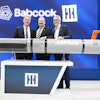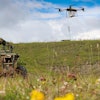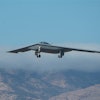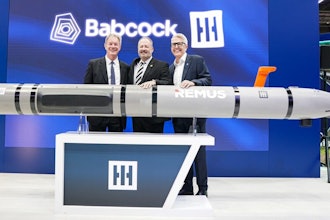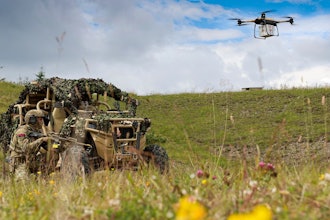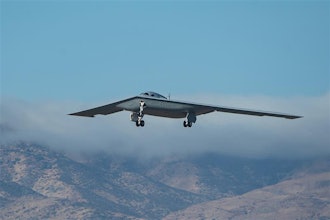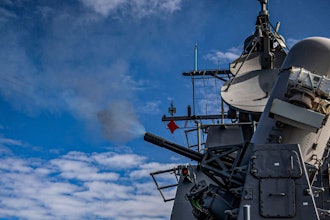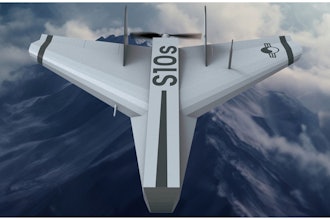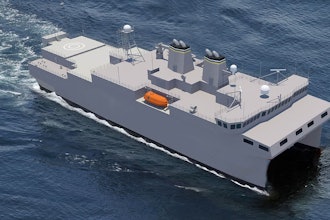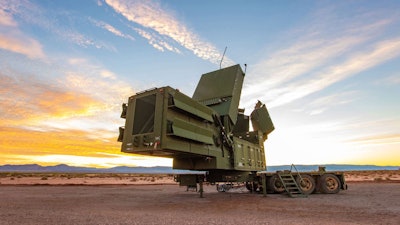
Raytheon, an RTX business, announced that U.S. Army air defense soldiers successfully used the Lower Tier Air and Missile Defense Sensor, or LTAMDS, to guide Patriot Advanced Capability-3 (PAC-3) interceptors to defeat cruise and ballistic missile surrogates.
This LTAMDS live-fire event is part of the U.S. Army's operational assessment required before the program enters full-rate production. The transformational 360-degree radar integrated with the Integrated Battle Command System, or IBCS, passed tracked data, while guiding PAC-3 interceptors to surrogate ballistic and cruise missile targets.
The LTAMDS program is executing to an aggressive schedule, with six radars rotating through simultaneous testing and integration at multiple Raytheon and Army test locations. The program is expected to achieve Milestone C, the official transition from development to production, in second quarter of FY2025.
More than a dozen countries are requesting information and receiving briefings on LTAMDS. In August 2024, Raytheon was awarded a U.S. Army contract valued at more than $2 billion to deliver eight radars for the U.S. and Poland. With this Foreign Military Sale, Poland is the first international customer to add LTAMDS to its air and missile defense architecture.

